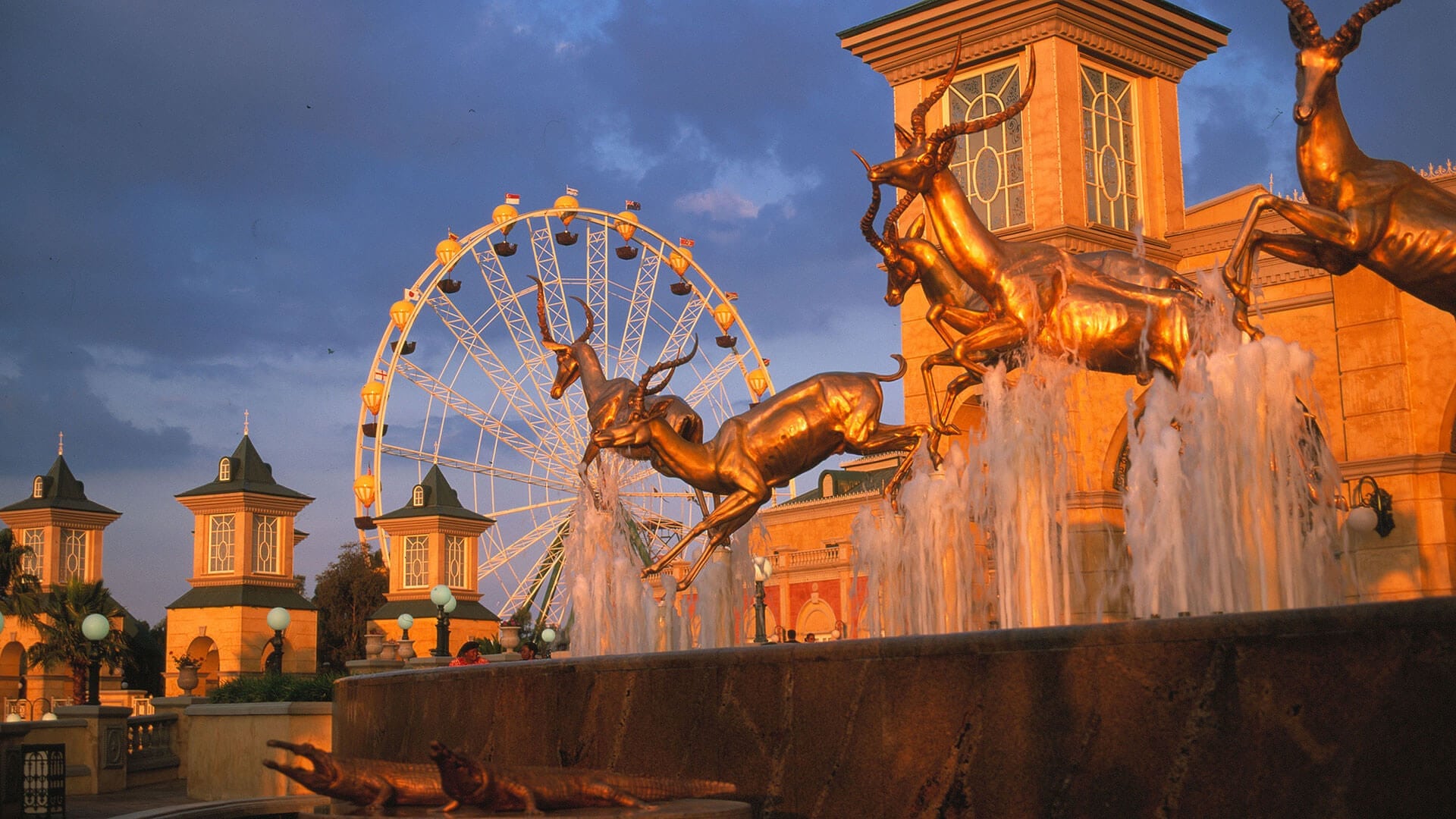The Of Johannesburg North Attractions
The Of Johannesburg North Attractions
Blog Article
Some Known Details About Johannesburg North Attractions
Table of ContentsRumored Buzz on Johannesburg North AttractionsThe smart Trick of Johannesburg North Attractions That Nobody is DiscussingAn Unbiased View of Johannesburg North AttractionsExcitement About Johannesburg North AttractionsAbout Johannesburg North AttractionsThe Facts About Johannesburg North Attractions Revealed3 Easy Facts About Johannesburg North Attractions Explained
You ought to maintain safety in mind and travelers have to remain sharp at all times when in unfamiliar environments. Speak to the locals when you remain in community to locate out about the area you are staying in. Johannesburg North attractions. When on the street (this does not relate to mall and other safe atmospheres) ideal basic suggestions is to try your finest to resemble a local and to prevent presenting any type of kind of wealth
Not known Details About Johannesburg North Attractions
Professor Revil Mason O. J. (Thomson, 1946) checked out the Witwatersrand's pre-colonial background. His historical job blew up the 'em pty land' misconception, according to which the area was without human habitation prior to the arrival of European inhabitants. In his magazines Prehistory of the Transvaal: A Document of Human Activity (1962) and Beginnings of Black People of Johannesburg and the Southern Western Central Transvaal Advertisement 3501880 (1986 ), Professor Mason demonstrated the degree of social and financial advancement in the location prior to Europeans set foot below.

Some Known Details About Johannesburg North Attractions
In 1878, David Wardrop discovered gold in quartz blood vessels at Zwartkop, north of Krugersdorp. In 1881, Stephanus Minnaar came across gold on the farm Kromdraai, near the Cradle of Humankind.
In March 1886, a protrusion (soon to be called the Key Coral reef) was located, quite luckily, on Gerhardus Oosthuizen's farm Langlaagte. Some state that the Lancastrian coal miner George Pedestrian found this coral reef. Another itinerant English miner, George Harrison (that had actually formerly operated in Australian mines) obtained a prospecting licence in regard of Langlaagte in May 1886.
He chose to carry on in a pursuit for greener fields, and disposed of his Langlaagte claim for the baronial amount of 10. Alas: under lay the richest goldfield ever before located. The exploration of this abundant auriferous coral reef provoked a gold rush that signalled the end of agrarian tranquillity in the southern Transvaal.
It would certainly, within 6 years, become the biggest town in southerly Africa. Within a years, it would certainly make the Z. A. R. check this until after that an anarchical and insolvent little state the richest nation in Africa. By the turn of the century, the Z. A. R. was to surpass Russia, Australia and the United States of America to become the world's leading gold producer, generating greater than a quarter of the world's gold.
Some Known Details About Johannesburg North Attractions
It was called Ferreira's Camp, called after Colonel Ignatius Ferreira. He was a Boer adventurer upon whom the British authorities had presented the condition of Companion of the Most Identified Order of St Michael and St George (entitling him to the post-nominal letters C. M. G.) in appreciation for his role in the battle that had deposed the Pedi king Sekhukhune in 1879.
Quickly the camp was including outdoors tents and wagons as beginners arrived daily from much and wide. By September 1886, some 400 people resided in Ferreira's Camp, which soon flaunted upreared iron and lumber buildings. Two various other camps were developed: Meyer's Camp on the ranch Doornfontein, and Paarl Camp. The latter was nicknamed Afrikander Camp; lots of people from the Cape Swarm worked out there.

The Definitive Guide for Johannesburg North Attractions
This name obtained money by word of mouth, such that the State Secretary attested the name to the Mining Commissioner Check Out Your URL on 9 October 1886. Stands in the village were auctioned on 8 December 1886. While some stands were cost 10, others were torn down for as little as sixpence.
2 years later, these erven were to transform hands for as much as 750 each. The tented camps dwindled as a dorp of corrugated iron structures developed and expanded north of the mines situated along the Main Coral Reef Road. Areas such as Jeppe's Town (where working-class immigrants erected their homes) and Doornfontein (where the affluent brand-new 'Randlords' started to construct their luxurious residences) were soon added to the ever-expanding map of the community.
Johannesburg North Attractions for Beginners
Apart from the street names, there were no indicators of Johannesburg being situated in a Dutch-speaking country., nearly every person talked English and even the Government servants dealt with one in English, unless they were first dealt with in the Taal (or Reduced Dutch)'.
Britain had a rate of interest in guaranteeing optimal conditions for gold manufacturing on the Witwatersrand, and that the gold was exported to London instead than Berlin a crucial made all the extra clamant by the Z. A. R.'s boosting toenadering with Germany. Mine owners got on a clash with President Kruger, whose plan of monopolistic concessions (frequently granted to his cronies) avoided mining companies from acquiring products of materials (specifically dynamite) and work by themselves, less expensive terms
The smart Trick of Johannesburg North Attractions That Nobody is Talking About
In 1890, the Volksraad had actually limited the franchise to white males who had resided in the Z. A. R. for fourteen the original source years or longer, therefore disqualifying the majority of the immigrants (that took place to be the significant contributors to the fiscus). Frustration for the vote was a plain pretext for advertising a various agenda; most uitlanders regarded themselves as short-term site visitors and had no intent of staying in the Z.
Report this page